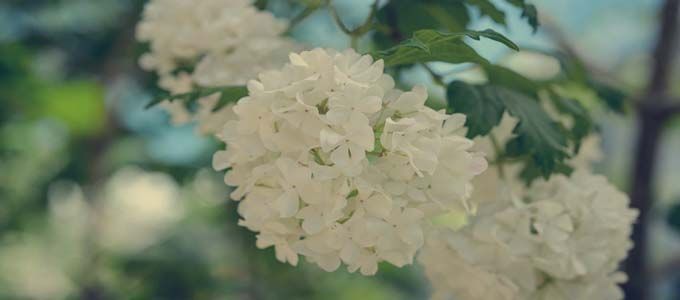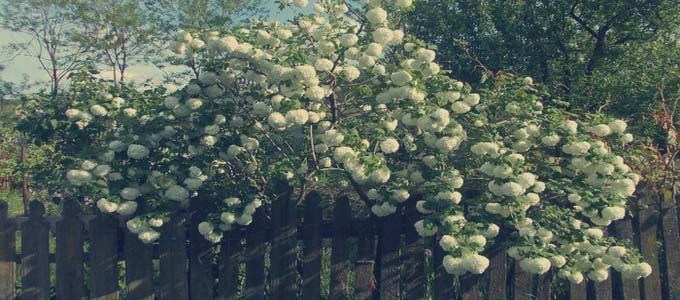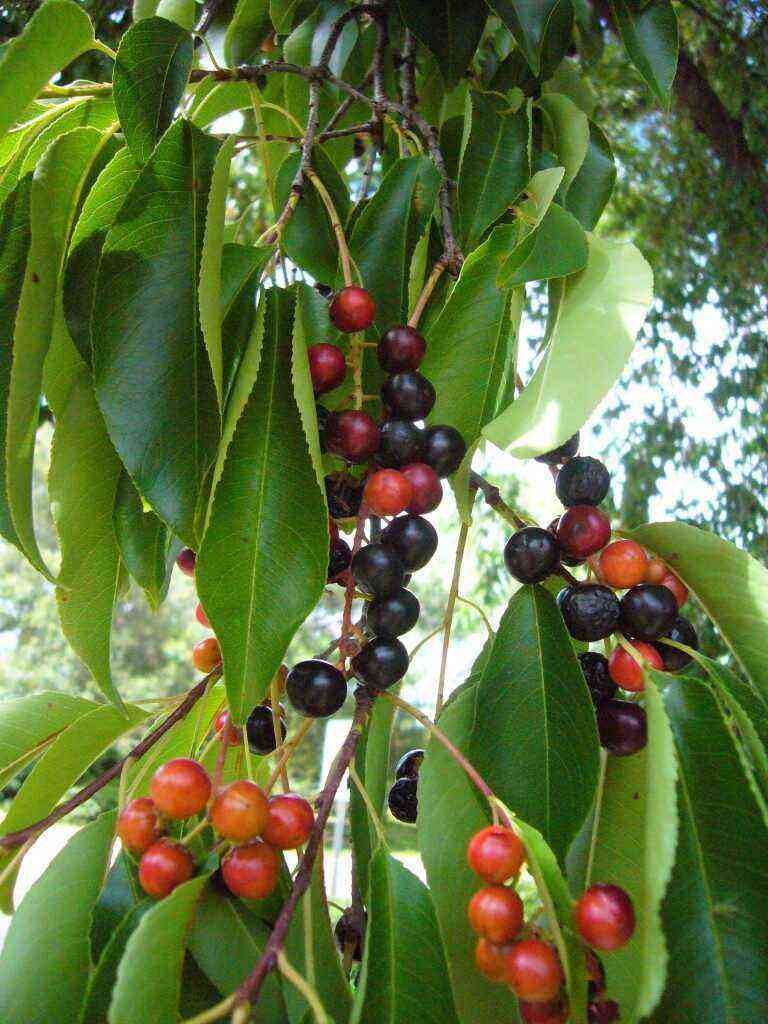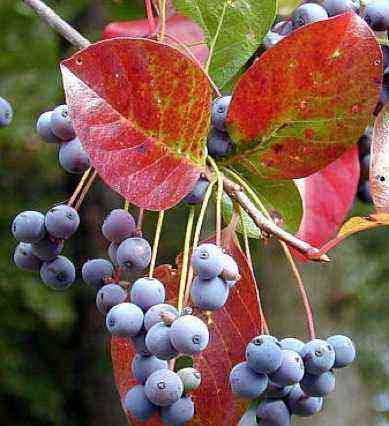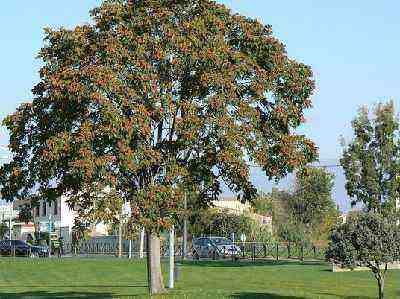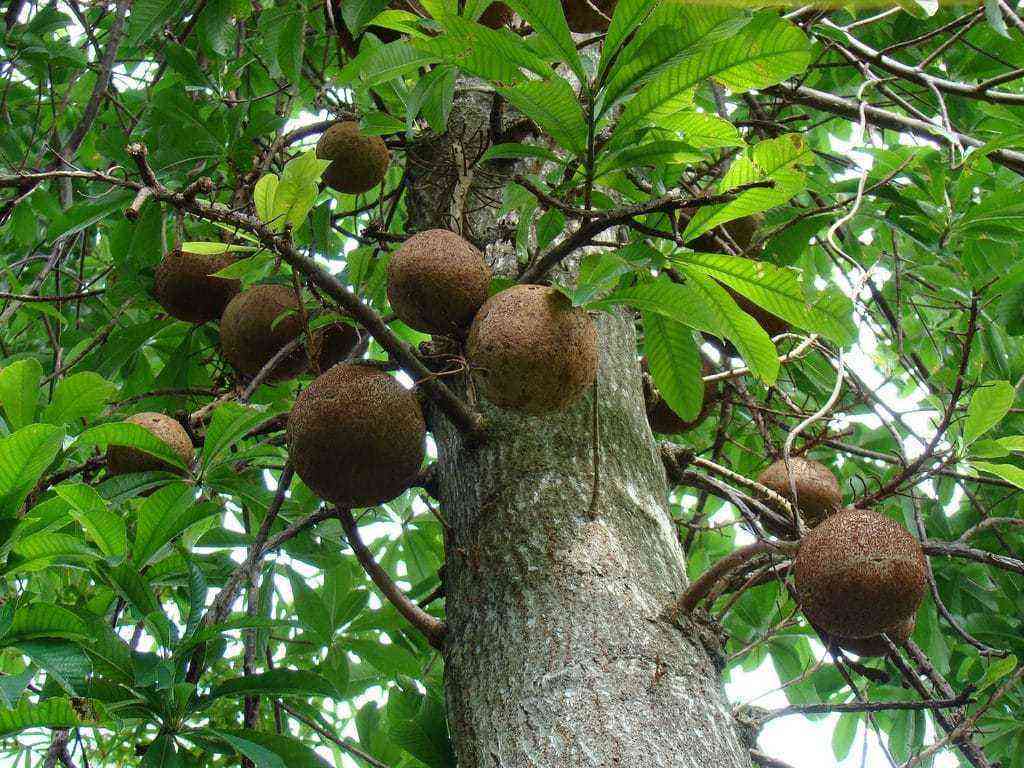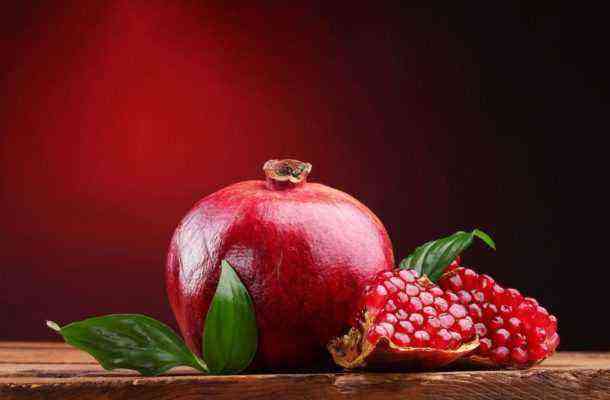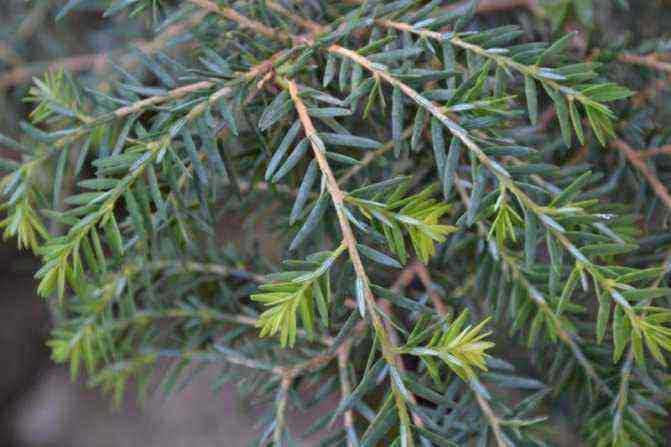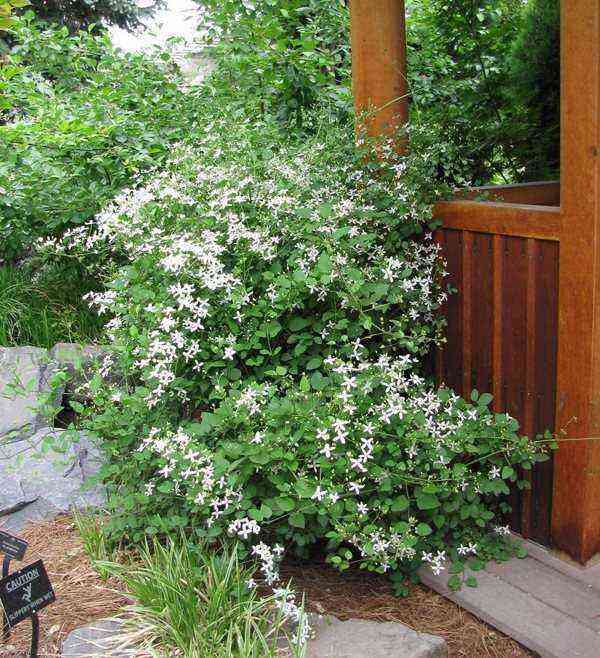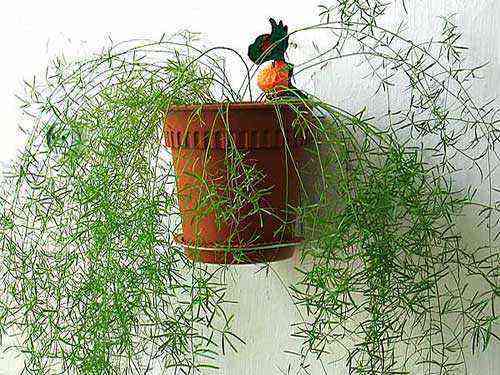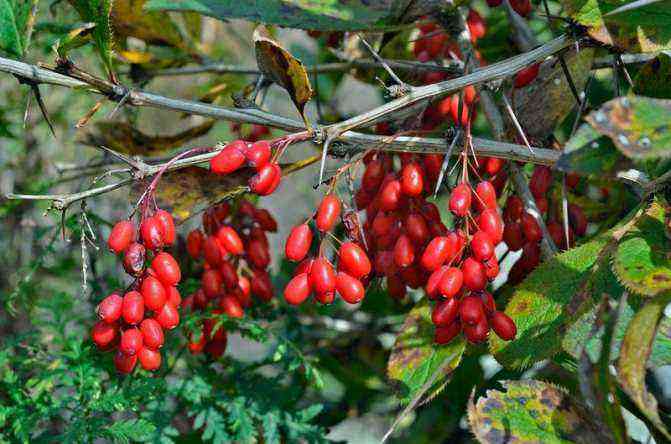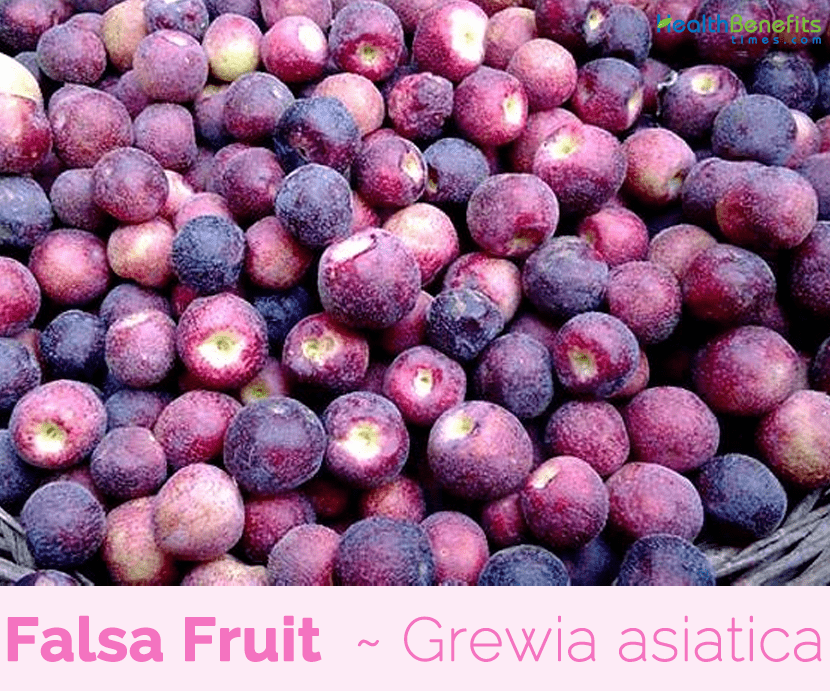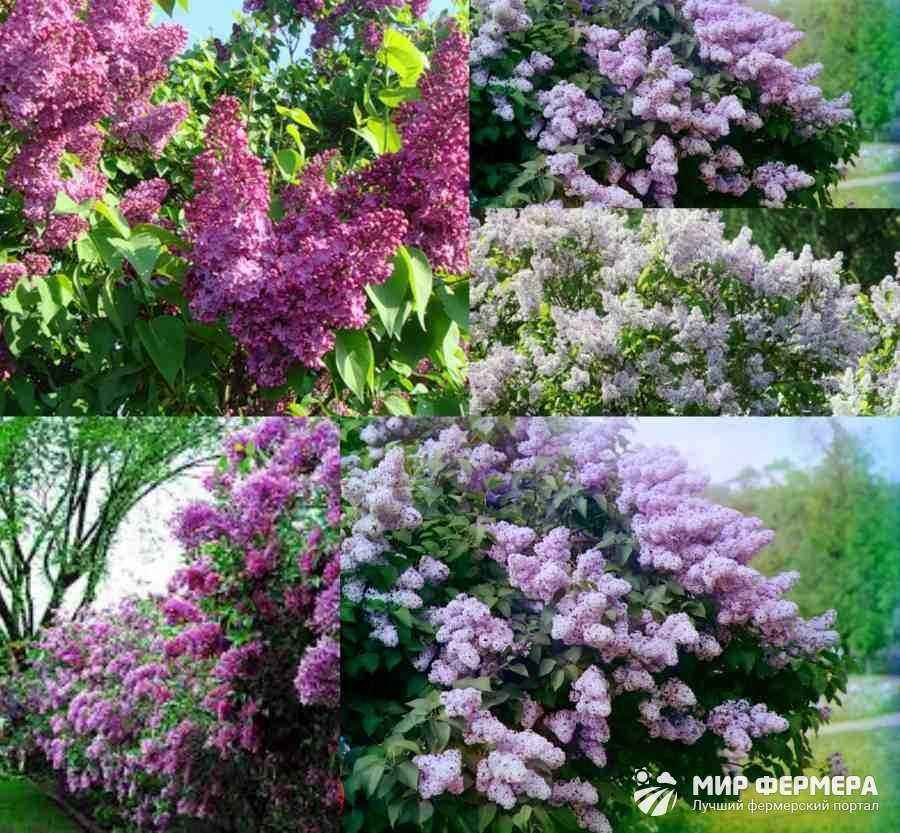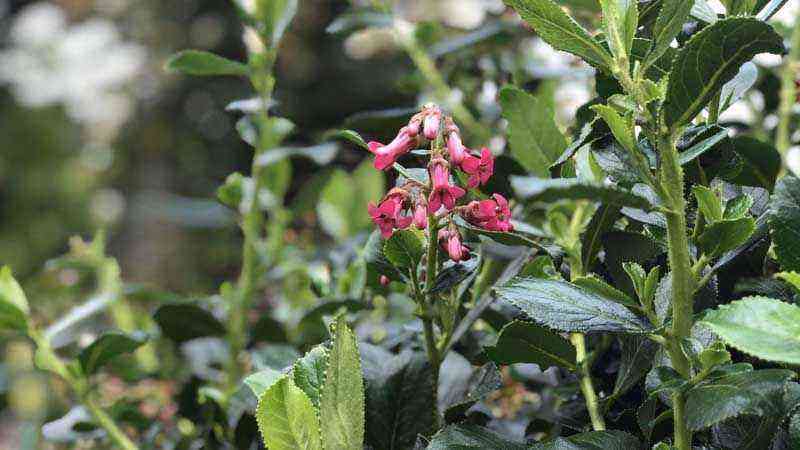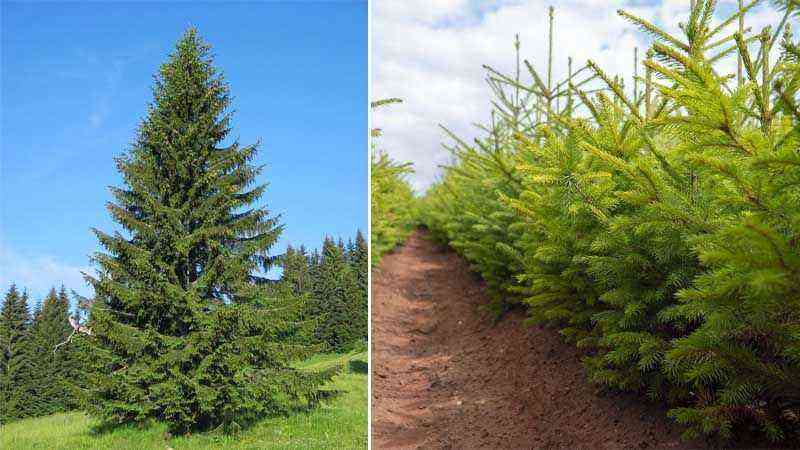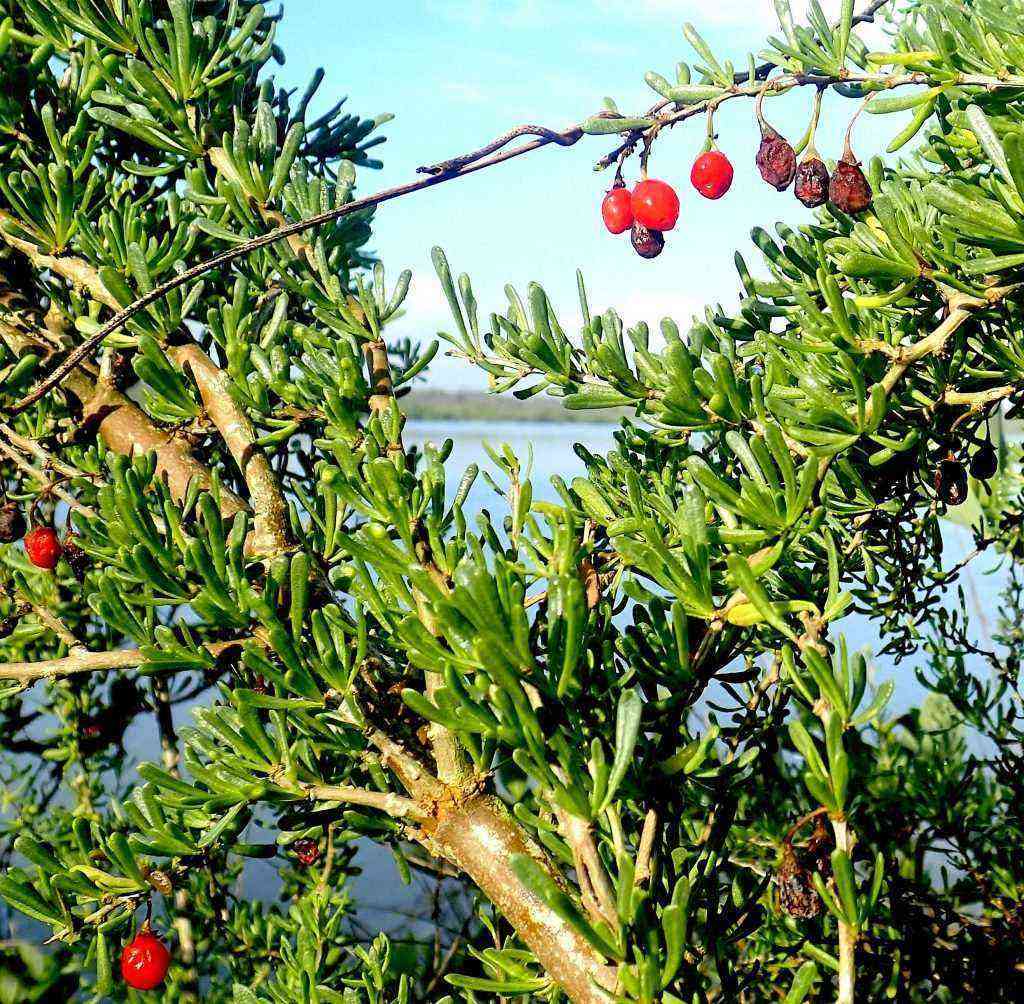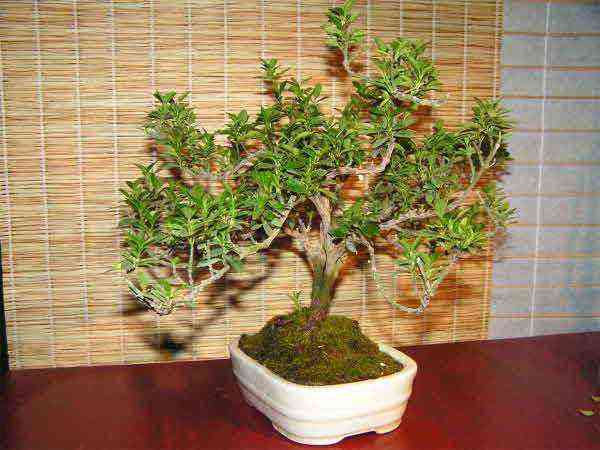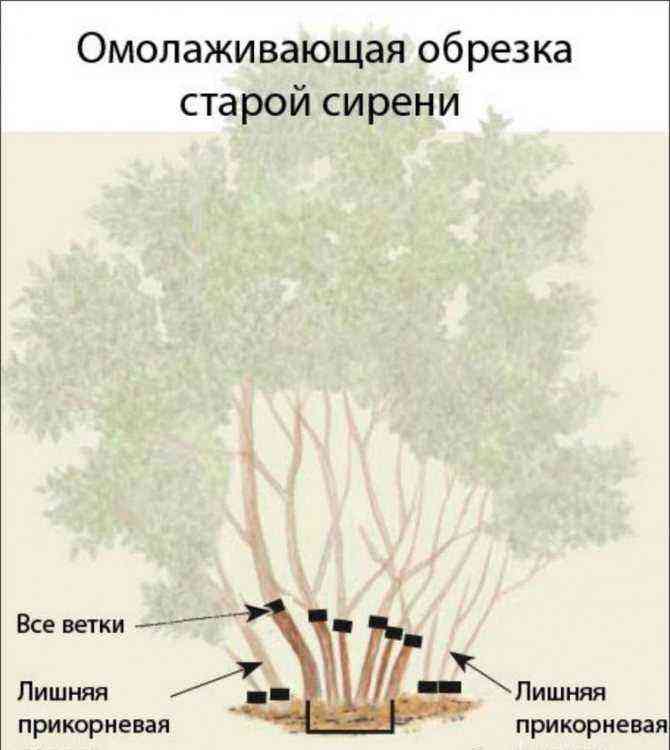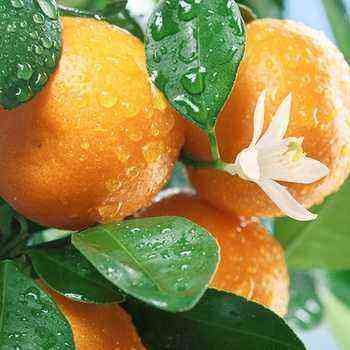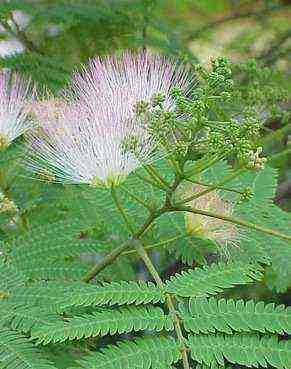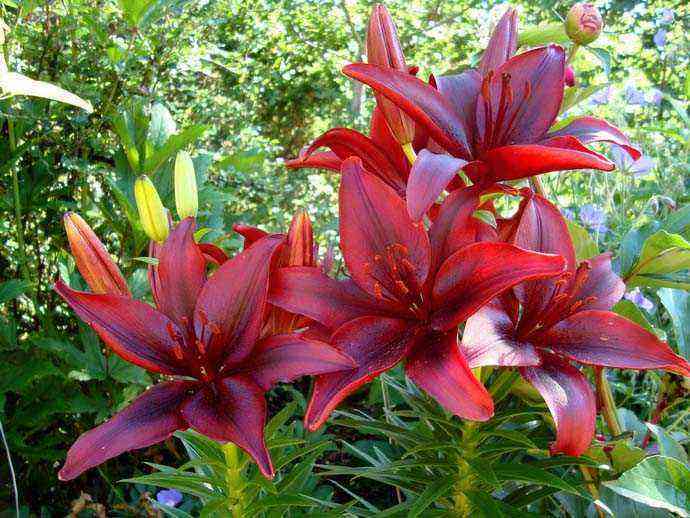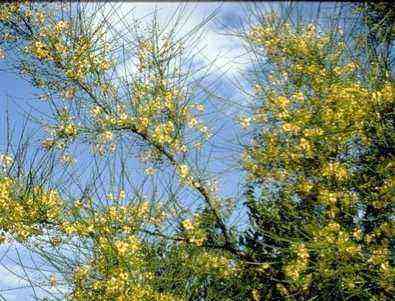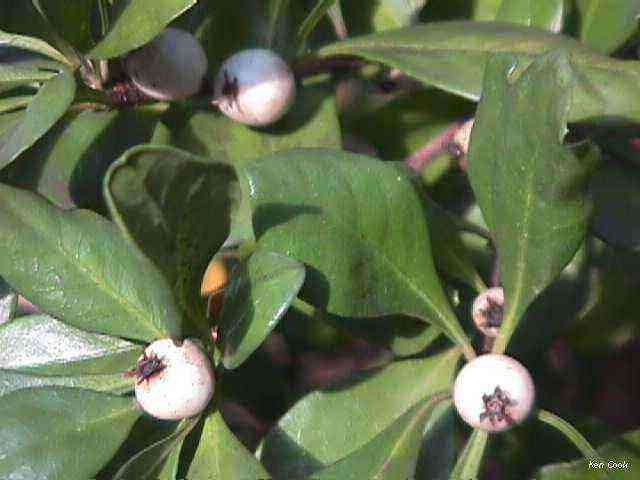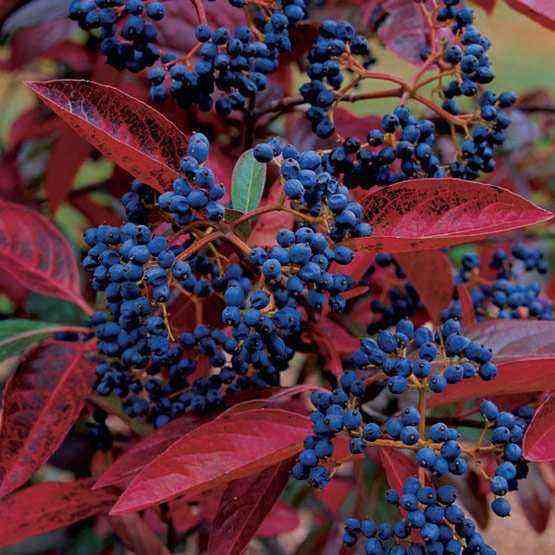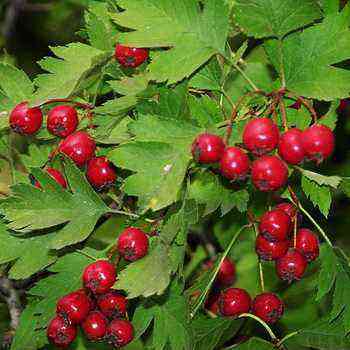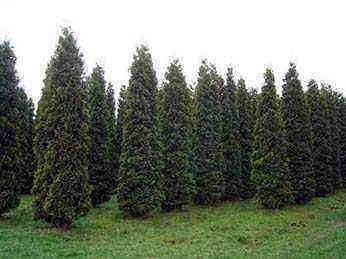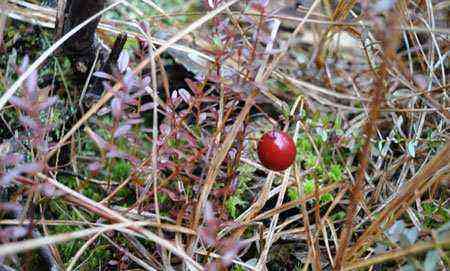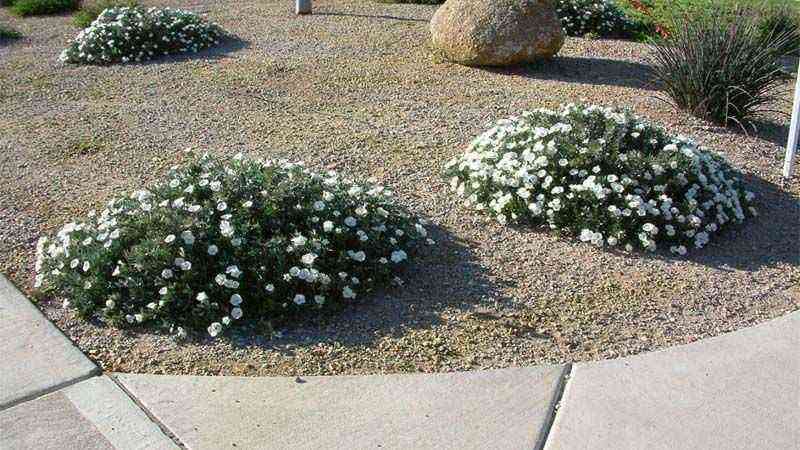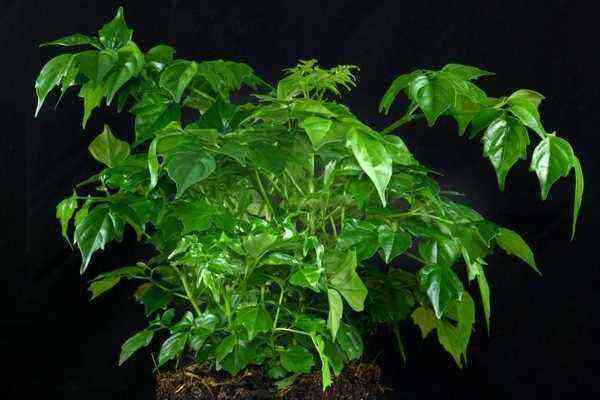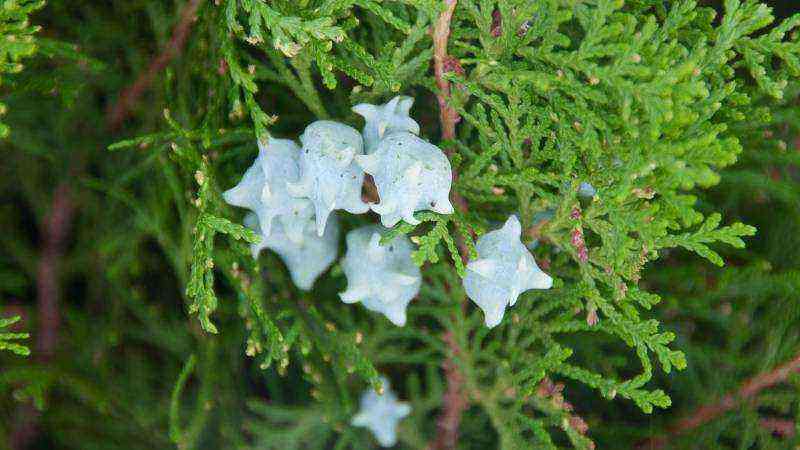Just by seeing a clear picture of the flowering of Viburnum opulus we fully understand why this plant is known as a «snowball».
A shrub with an average height between 2 and 4 meters and between 2 and 3 meters wide, perfect for any garden and with a spectacular flowering from spring.
We tell you this and many more things about Viburnum opulus or the snowball plant.
Viburnum opulus belongs to the family Caprifoliaceae. A not very common family among garden plants.
This plant is commonly known as snowball, although it has a more specific name, viburnum.
This common name can encompass different species that are very similar physically, but with scientific differences when it comes to cataloging them.
For example, we find the following species that can be considered as viburnum, in addition to Viburnum opulus:
- Viburnum awabuki
- A rigid viburnum
- Viburnum tomentosum
- Viburnum lantana
- viburnum suspended
- Viburnum betulifolium
- Viburnum tinus
- viburnum helpful
- Viburnum rhytidophyllum
The most striking thing about this plant is, without a doubt, its flowering, what happens in spring …
Some spectacular large circular-looking flowers, with an aspect similar to that of the white carnation but with much greater intensity.
And, of course, a maintenance in the garden that adapts to all kinds of conditions. As you will see, it is a plant considered “all-terrain” for its ability to withstand adverse temperatures and weather in winter or summer.
Looking for the best position in the garden of Viburnum opulus, can be planted in isolation (due to its size and development) or to cover deserted areas of flower beds, gardens near fences or walls or as a path guide, as can be seen in the following image.

Online training Viburnum opulus acting as a zone divider in the garden
In this case, a pruning of the lower part has been done, leaving a much cleaner and more rounded appearance in the upper part.
This also helps to improve the plant health of the lower stems, reducing rotting and root suffocation.
Regarding its characteristics, Viburnum opulus It does not have pointed parts, spikes or trichomes that could harm animals or people.
In addition, none of its plant parts become toxic.
Care Viburnum opulus
Determined to incorporate Viburnum opulus in our garden, we are going to know some of their agronomic characteristics to turn it into a true master species of our space.
Morphology and appearance of the viburnum
Viburnum opulus, viburnum or snowball is considered a shrub that can grow to over 2 meters in height.
However, it depends on the growth capacity across, this height will be reduced to one meter or one and a half meters, which is the most desirable for a garden.
In width it can reach between 2 and 3 meters, depending on the pruning we carry out (and which we will see below).
Its foliage is deciduous and flowering occurs in spring and summer.
Soil characteristics
It is a plant adapted to all types of soil texture (sandy, silty and clay).
The pH range may be between 5,5 and 8,5, quite broad and generic. More extreme pH will lead to a reduction in growth and limitation in the absorption of nutrients, so it is advisable make corrective pH amendments.
Viburnum opulus it has a good capacity to produce deep roots, so we will have to make a deep plow or a good planting hole.
As for fertility, you need to incorporate organic matter and fertilizers rich in phosphorus and potassium before spring (facing flowering).
[alert style=»yellow»]
Recommended fertilizers:
- Winter departure: NPK mixtures rich in nitrogen and phosphorus (NPK 20-10-5 or similar)
- Before flowering: Complete NPK mixes (NPK 14-7-14 or similar)
[/ alert]
It is important to maintain an adequate level of humidity in the season when the heat is on. From spring and summer, we will have to water at least 3 times a week, avoiding puddles.
Therefore, we will have to have a slightly heavy soil with good drainage. Organic matter and padding can help you achieve this.
In flowering, avoid adding an excessive amount of water, since you will reduce the amount of flowers produced and their permanence.
Weather conditions
Viburnum opulus or viburnum adapts to difficult conditions. It usually resists frost and freezing temperatures.
It can be placed directly in the Sun or semi-shade, the second case being more common and better for the viburnum.
Pruning and maintenance of the viburnum to improve its flowering
At the end of summer and beginning of autumn, it is advisable to carry out a maintenance pruning. We can also start this operation from when the last flower falls (or we collect).
The objective is to eliminate stems that protrude in the way we want (generally rounded), eliminating tips.
To do this, we can remove the extreme stems by cutting about 10 or 15 cm.
As you have seen in the previous image, if your soil is heavy and accumulates a lot of moisture, you can remove the low stems, leaving only the trunk (or the trunks) in the first 50 cm to improve aeration.
Multiplication of Viburnum opulus
La multiplication of Viburnum opulus it can be done through different methods. Using seeds is the most widespread, but also complicated.
the viburnum seeds They need a period of stratification (cold conditions) of several months (2 to 4 months).
Propagation using cuttings is difficult due to the reduced rooting capacity of newly planted viburnum stems.
Medicinal properties of Viburnum opulus
Certain studies have awarded medicinal properties to the viburnum. They have selected important compounds and oils in the bark of the shrub with anti-inflammatory properties.
Although there are many attributions, such as hypertensive, against arthritis, headaches and cramps, many of them are undergoing trials and research.
